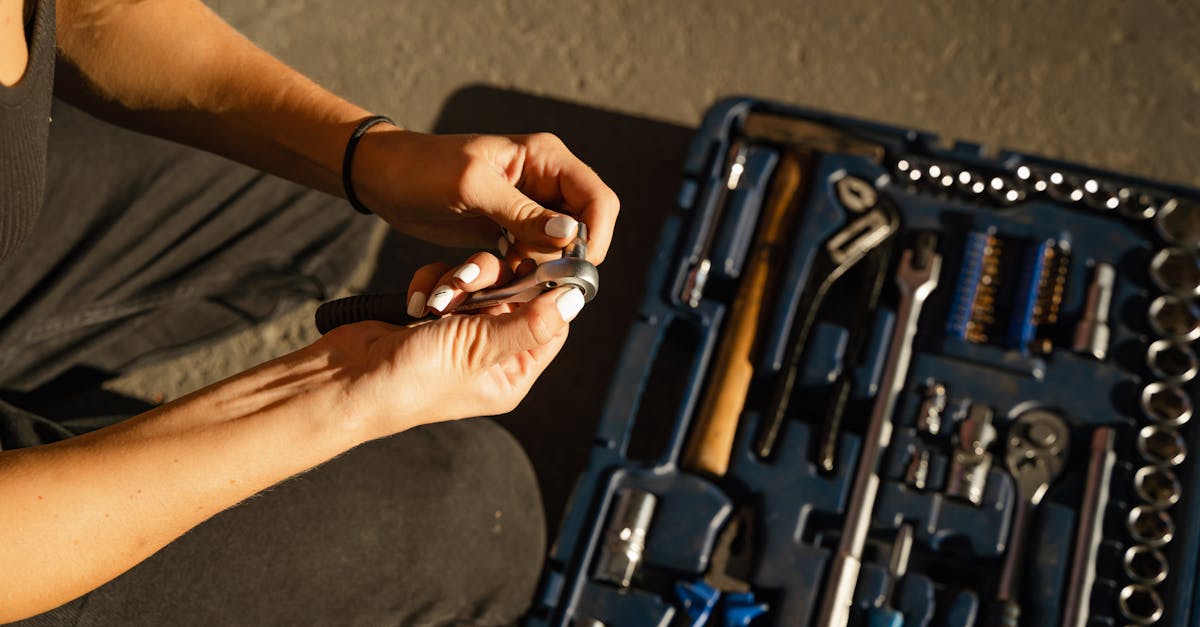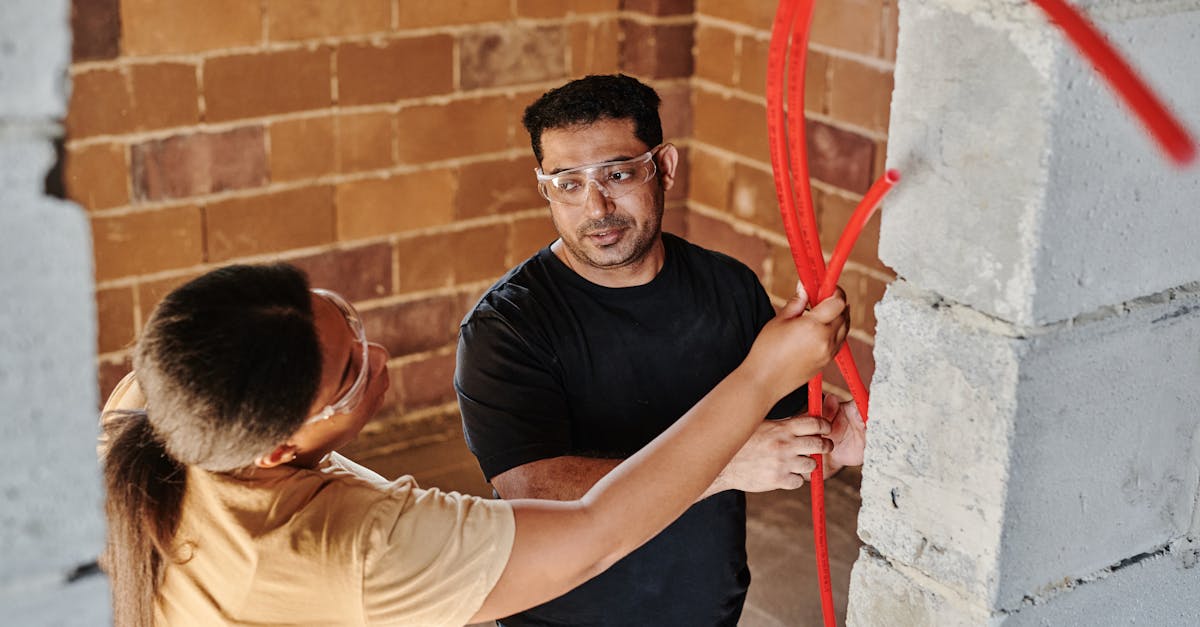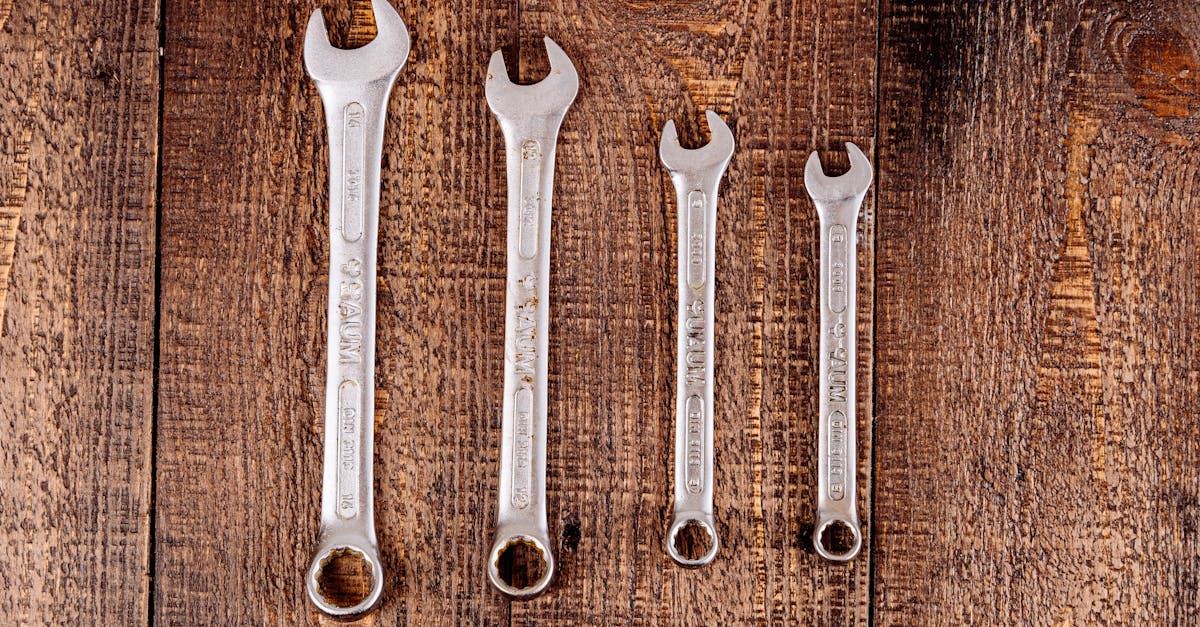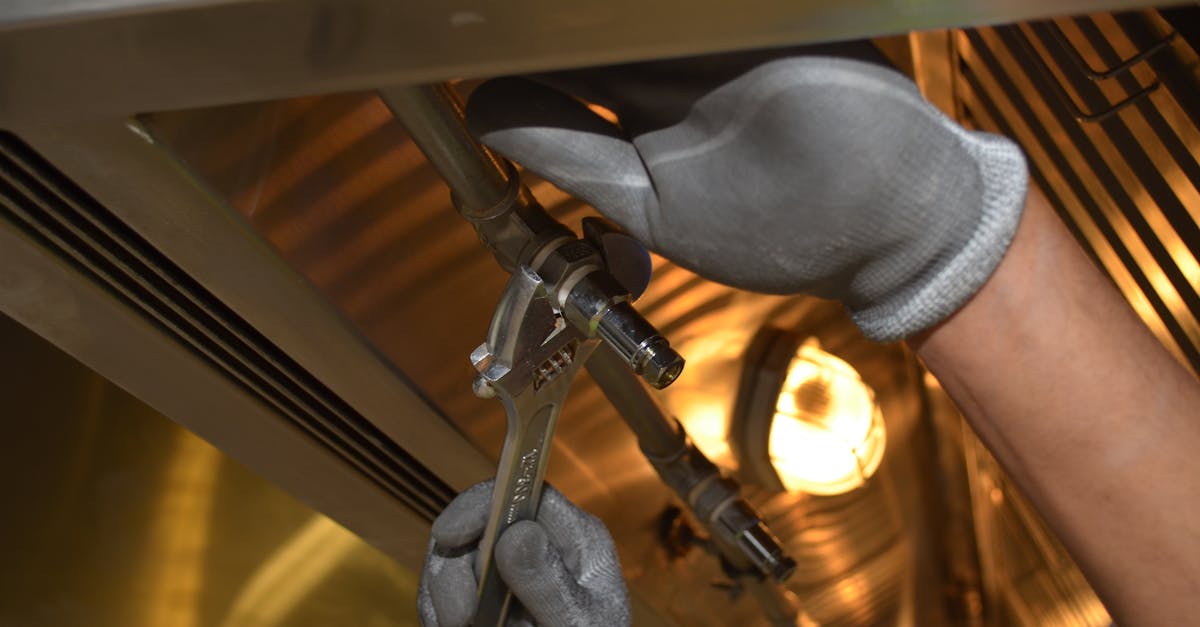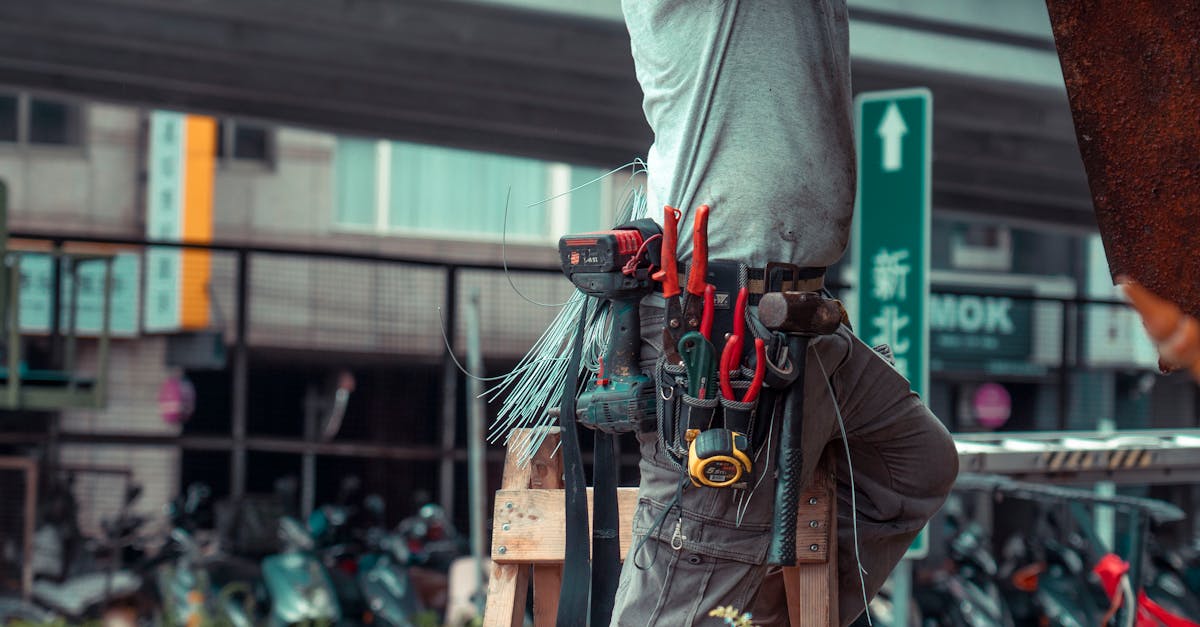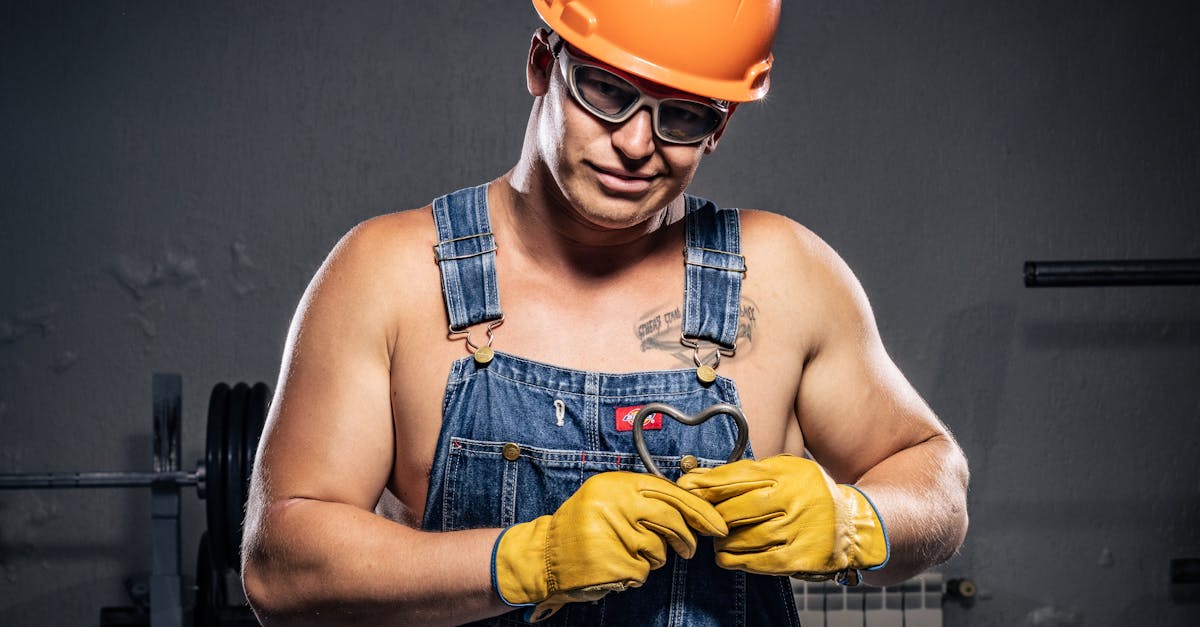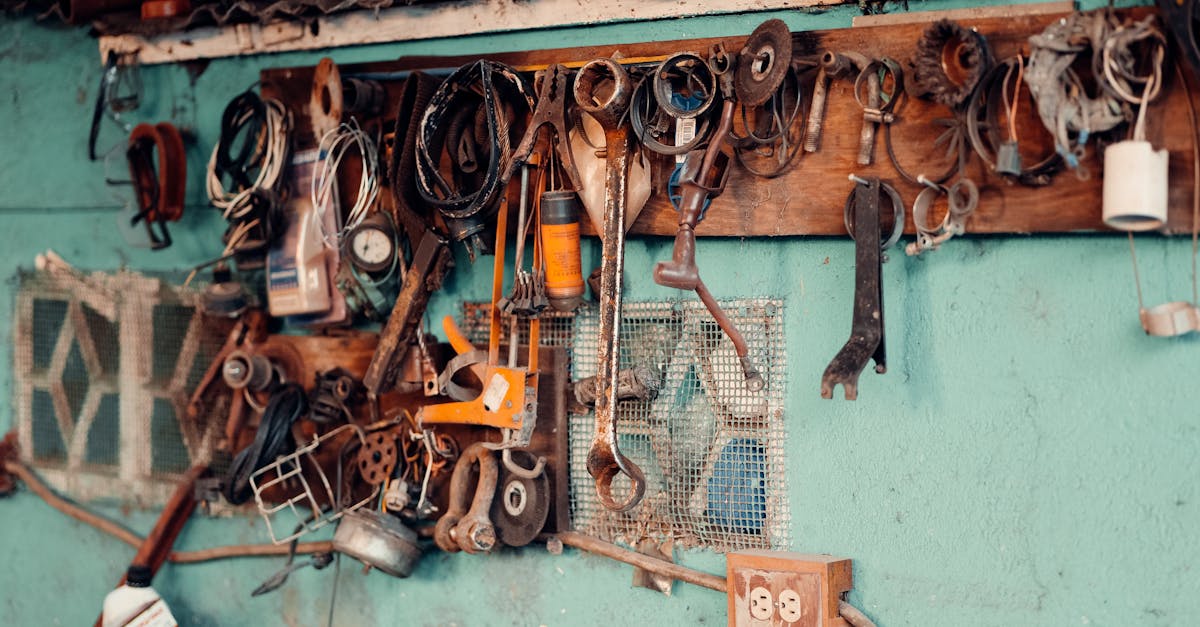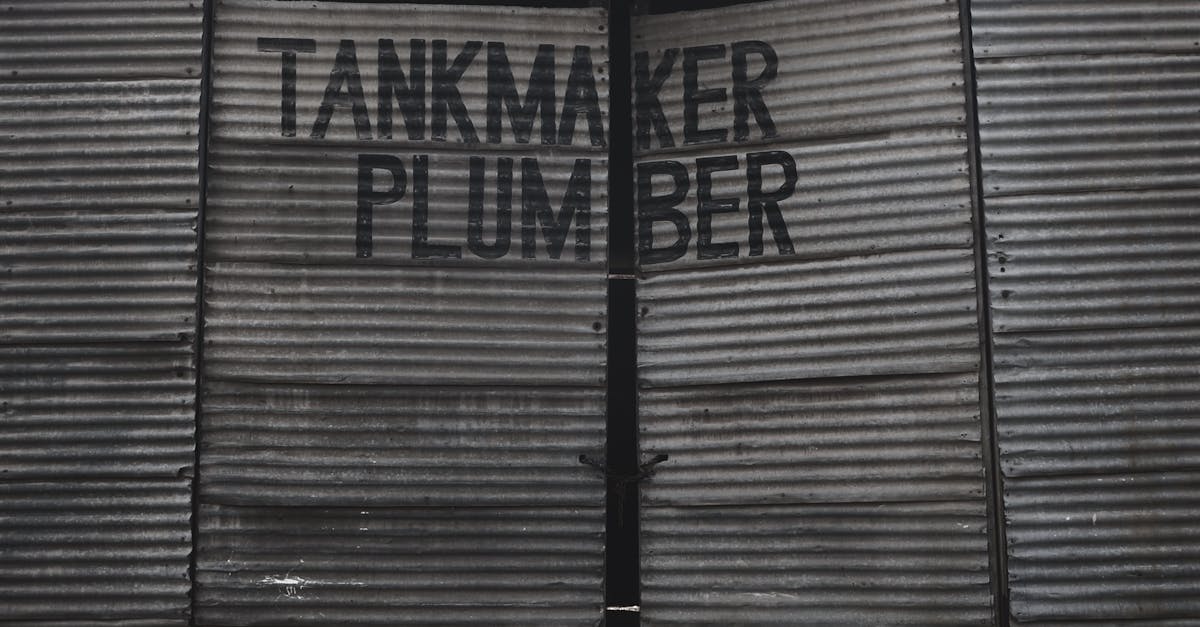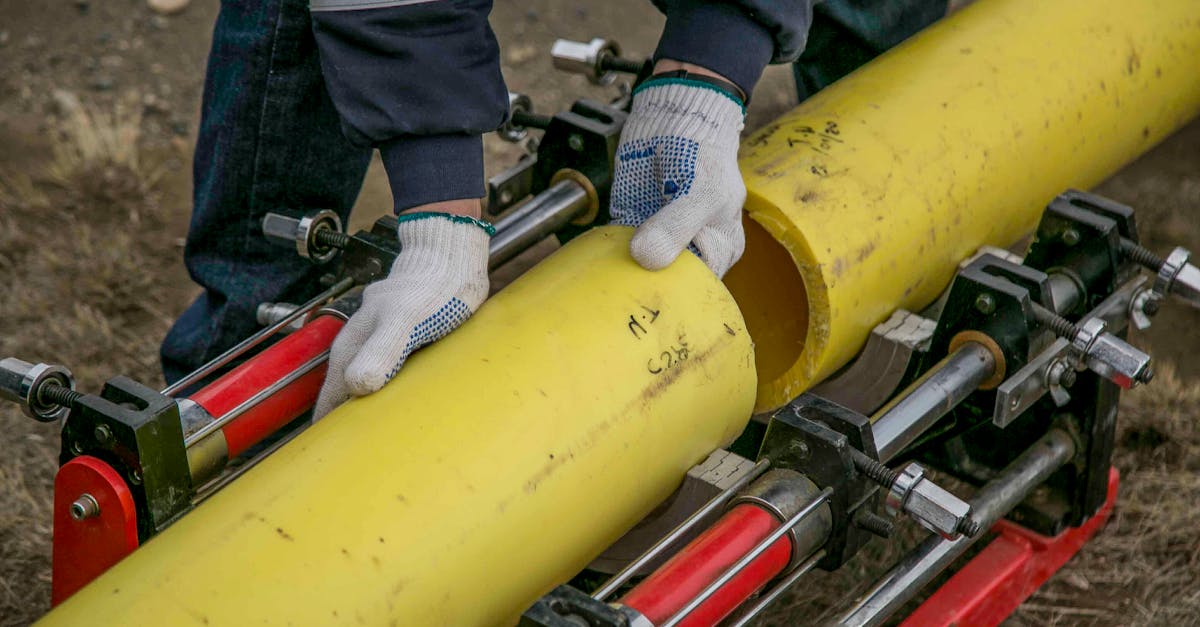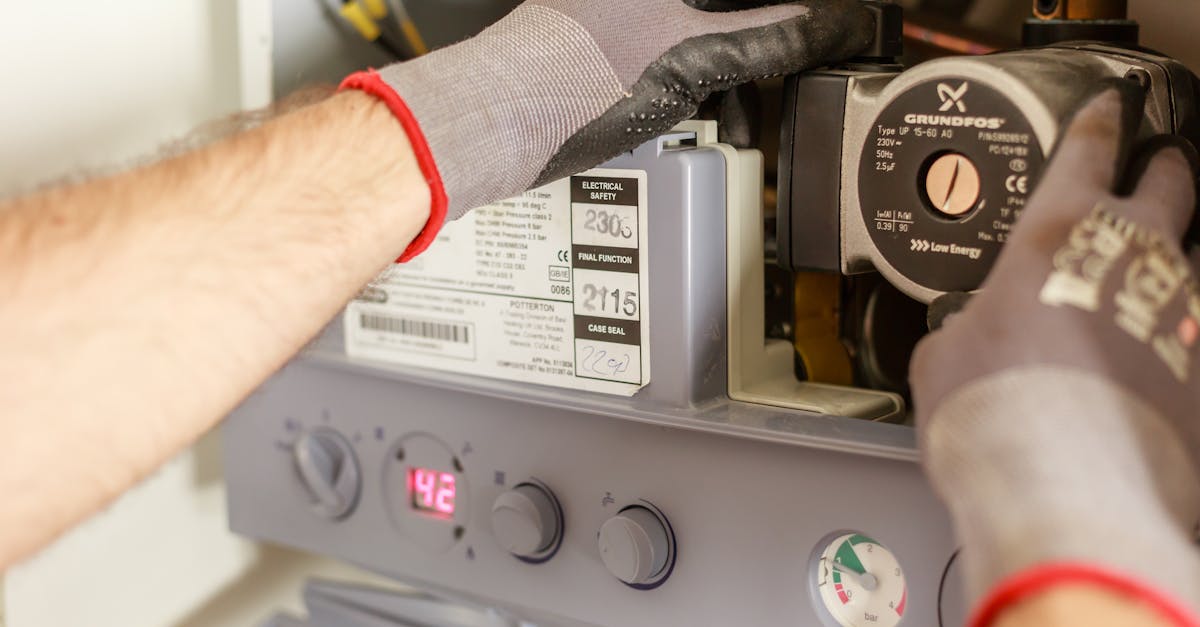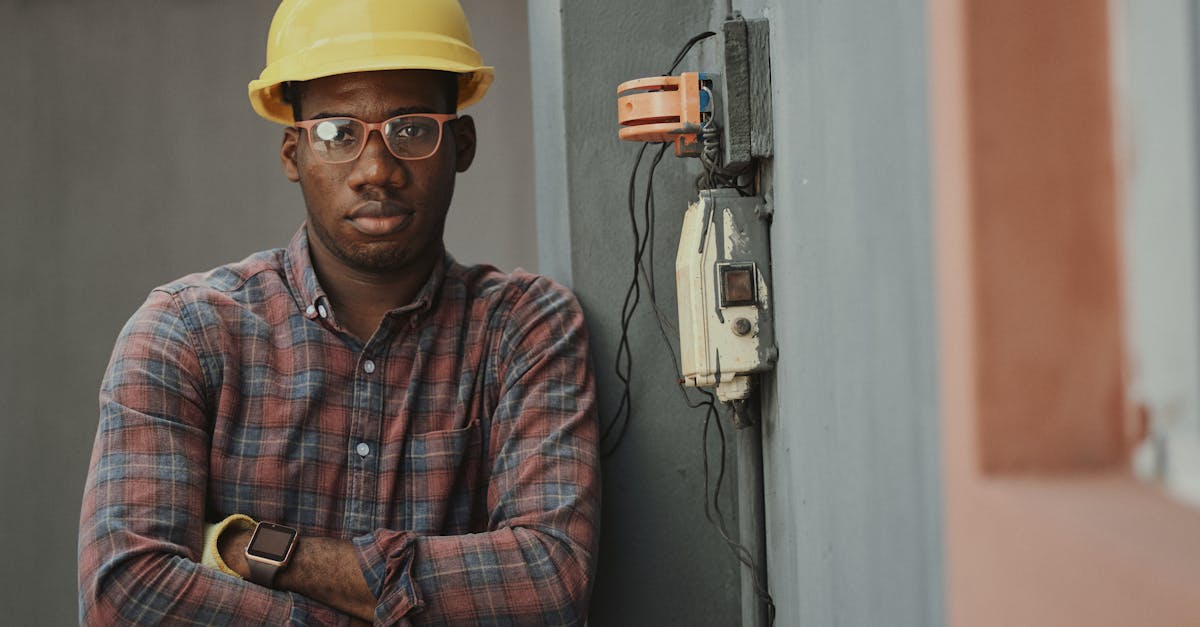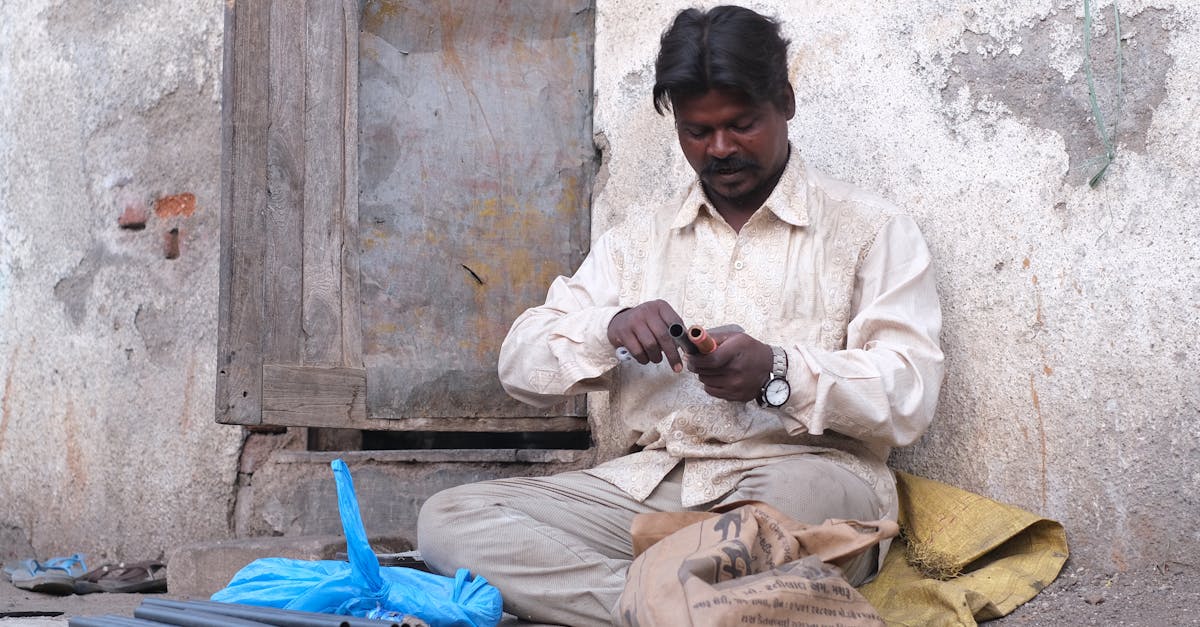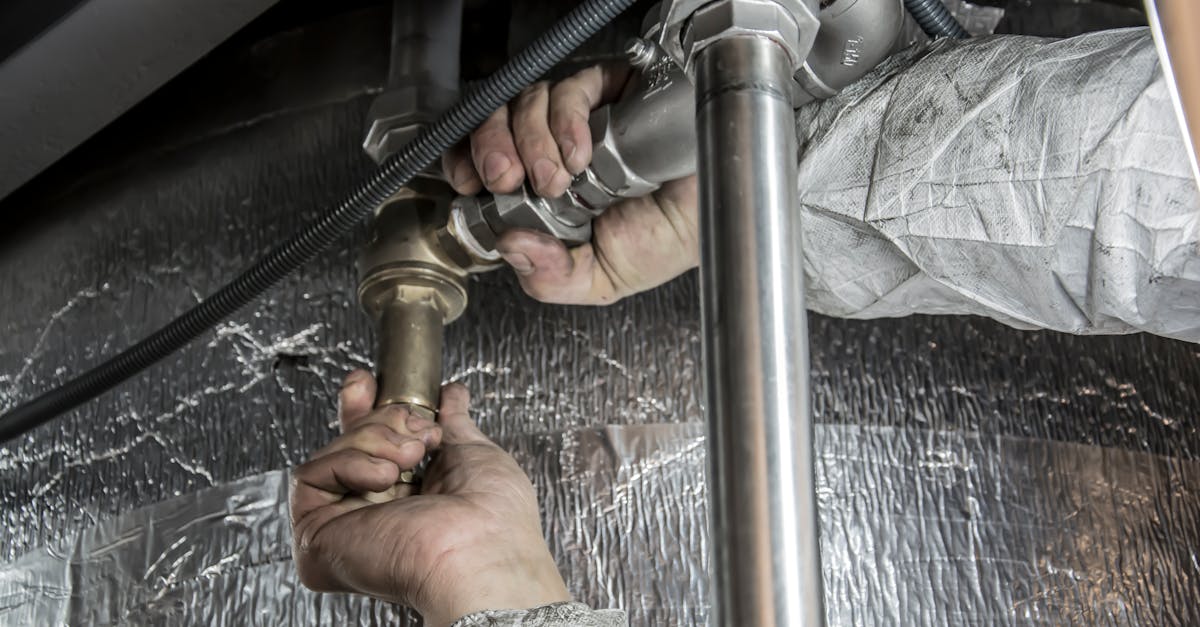
Table Of Contents
The Relining Process Explained
Pipe relining is a trenchless rehabilitation method used to repair existing pipelines. It involves inserting a liner into the damaged pipe, which is then inflated to form a tight seal against the inner walls. This process creates a new, smooth surface inside the original pipe, effectively restoring its structural integrity without the need for extensive excavation. The materials used for linings are typically resin-impregnated felt or fiberglass, designed to withstand various environmental conditions.
During the relining process, careful inspection of the existing pipe is crucial. Before commencing work, professionals often conduct a video assessment to identify the extent of the damage. Once that step is complete, the appropriate liner size and materials are chosen to ensure a precise fit. This method minimizes disruption to surrounding areas, making it a popular choice for both residential and commercial properties looking to address pipe issues efficiently.
StepbyStep Overview of Installation
The pipe relining process begins with a thorough inspection of the existing pipes using advanced camera technology. This allows professionals to identify any damage or blockages that need to be addressed before proceeding with the relining. Once the assessment is complete, the area is prepared by cleaning the pipes to ensure a smooth application of the relining material. This step is crucial as it removes debris and buildup that may hinder the adhesion of the new lining.
After preparing the pipes, a resin-saturated liner is inserted into the damaged pipe. This liner is inflated to fit snugly against the interior walls of the existing pipe. The resin then cures, often using heat or UV light, creating a solid and durable new pipe within the old one. This process allows for a seamless repair without the need for extensive excavation or disruption to the surrounding area. Once the resin has set, the pipes are inspected again to confirm the success of the installation, ensuring they are ready for use.
Cost Factors in Pipe Relining
Several factors influence the cost of pipe relining projects. The diameter and length of the pipes play a significant role in determining the total expense. Larger pipes or longer stretches require more materials and labor, leading to increased costs. The condition of existing pipes also affects pricing. If severe damage or blockages are present, additional preparation or repairs may be necessary before the relining process can begin.
Labor costs are another important consideration in pipe relining. Depending on the complexity of the job, skilled labor may be needed, which can impact overall pricing. Geographic location influences costs as well, with urban areas generally experiencing higher labor rates. Additionally, specific materials used for the relining process and the technology employed can vary widely in price, further contributing to the overall expense of the project.
Influencing Elements on Pricing
Several factors can influence the pricing of pipe relining projects. The size and length of the pipes being relined play a crucial role in determining costs. Larger pipes or those that extend over considerable distances require more materials and time for installation, which can drive up the overall price. The condition of the existing pipes also matters; heavily damaged or corroded pipes may need additional work prior to relining, affecting the total expense.
Labor costs are another significant element. The complexity of the installation process and the accessibility of the pipes can impact how much time the job takes. Areas that are hard to reach may require specialized equipment or more experienced technicians, leading to higher labor charges. Additionally, local market conditions and availability of materials can vary, further influencing the final pricing of pipe relining services.
Comparing Pipe Relining with Replacement
Pipe relining offers a less invasive and often more cost-effective solution compared to traditional pipe replacement. This technique involves inserting a flexible liner into the existing pipe, which then hardens to create a new, durable inner surface. Homeowners often appreciate this method due to the minimal disruption it causes. Digging up yards, driveways, or landscaping is typically not necessary, reducing the overall inconvenience.
While pipe relining can be suitable for various sizes and conditions of pipes, there are limitations. Pipe replacement, though more labor-intensive and expensive, may be necessary in cases of severe damage, such as extensive corrosion or structural failure. Each option has its merits, making it crucial for homeowners to assess their specific plumbing issues before deciding.
Pros and Cons of Each Approach
Pipe relining offers a minimally invasive solution that can save significant time and resources. It involves inserting a flexible liner into existing pipes, allowing for quick installation and reduced disruption to landscaping and structures. This method often proves to be a cost-effective alternative to traditional methods of pipe replacement. However, its effectiveness can depend on the condition of the existing pipes. Certain severe damages or blockages may limit the viability of relining.
On the other hand, traditional pipe replacement might be necessary in cases where the existing infrastructure is extensively damaged or corroded. This approach ensures that all issues are addressed with completely new materials, potentially offering a more long-term solution. Nonetheless, replacement can be labor-intensive and disruptive, often requiring significant excavation and road closures. The higher cost associated with replacement can also deter property owners who are seeking more budget-friendly options.
FAQS
What size pipes can be relined?
Generally, pipes ranging from 2 inches to 36 inches in diameter can be relined, although some specialized techniques may accommodate larger sizes.
Can small diameter pipes be relined?
Yes, small diameter pipes, typically starting at 2 inches, can be effectively relined using specific methods designed for narrower spaces.
Is there a maximum size limit for relining pipes?
While most relining techniques are effective for pipes up to 36 inches in diameter, larger pipes may require different approaches or technologies.
Are there any types of pipes that cannot be relined?
Certain materials, such as highly damaged or heavily corroded pipes, may not be suitable for relining. A professional inspection is best to determine the condition of the pipe.
How do I know if my pipes are suitable for relining?
A professional plumber can assess your pipes through video inspection to determine their condition and compatibility with the relining process.


